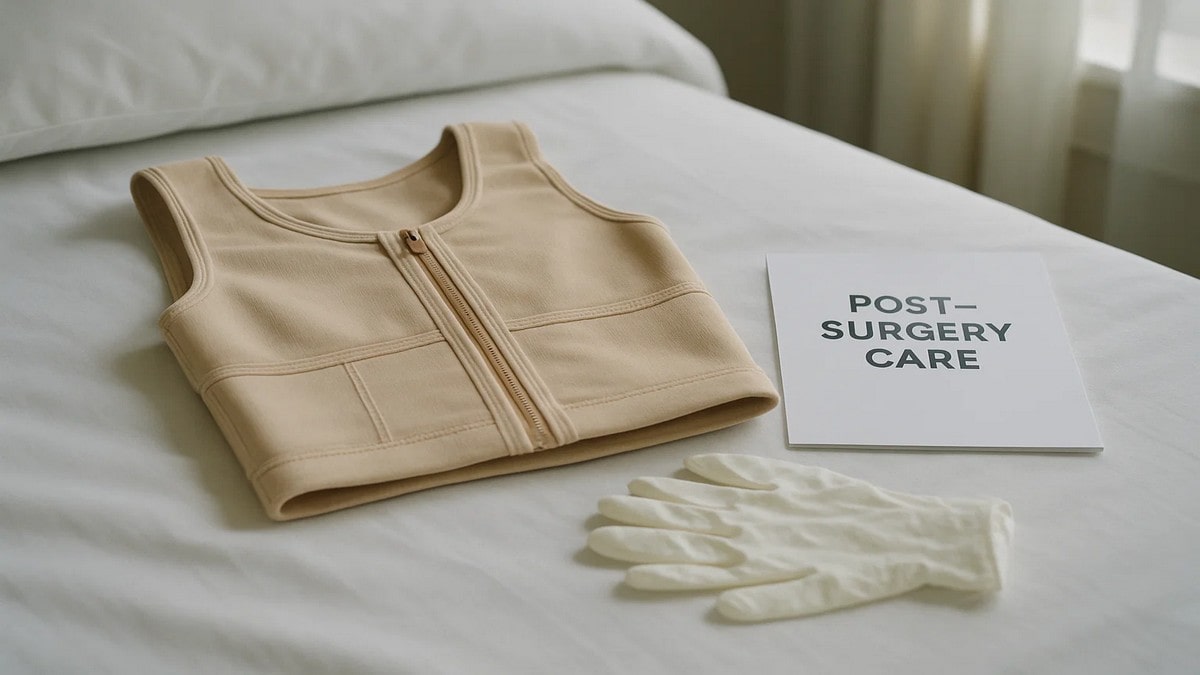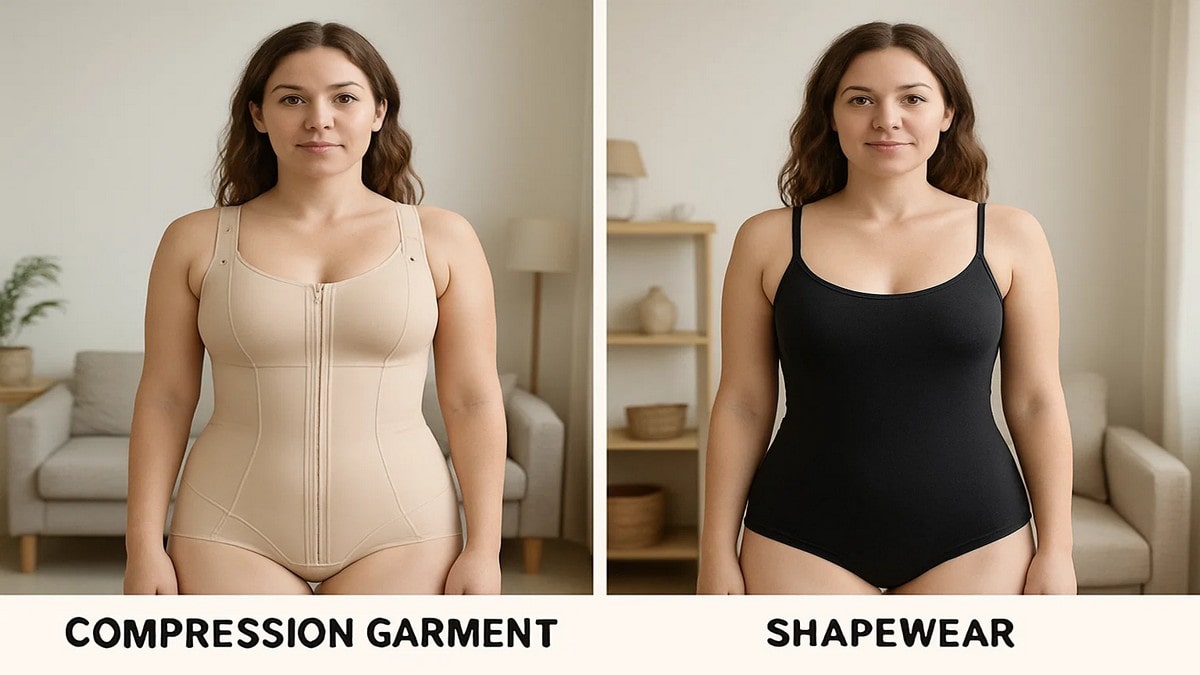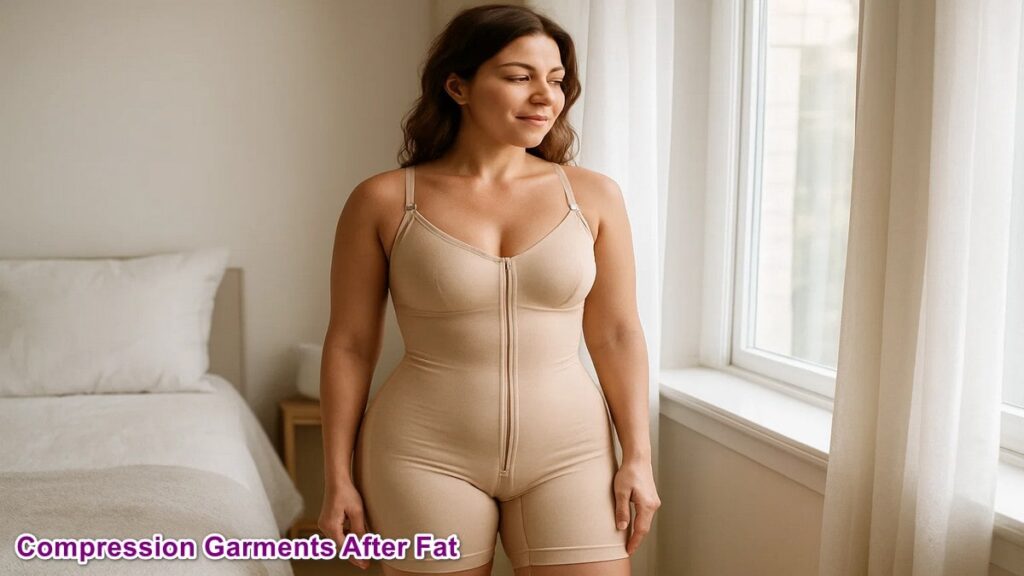Fat transfer, also known as fat grafting or lipofilling, is an increasingly popular cosmetic procedure where fat is harvested from one part of the body and injected into another—commonly the face, breasts, buttocks, or hands. While the surgery itself is crucial, post-operative care plays a vital role in ensuring long-lasting and natural-looking outcomes. One of the most important aspects of recovery is the use of compression garments after fat transfer.
In this comprehensive guide, we explore why these garments are indispensable, how they function, what makes them different from regular shapewear, and how to choose the right one for your recovery journey.
What Are Compression Garments?
Compression garments are specialized medical-grade clothing designed to apply consistent pressure to specific areas of the body. They are widely used after surgeries like liposuction, tummy tucks, and fat transfers to reduce swelling, support tissues, and enhance healing.
Unlike everyday shapewear, compression garments are engineered with precise tension and are often prescribed by plastic surgeons to promote optimal surgical outcomes.

How Compression Garments Aid Fat Transfer Recovery
Using compression garments after fat transfer helps ensure the newly transplanted fat cells survive and integrate successfully into the recipient area. Here’s how they support recovery:
1. Minimize Swelling and Inflammation
Fat transfer can result in fluid accumulation (edema) and inflammation in both donor and recipient sites. Compression garments help to control this swelling by improving lymphatic drainage and circulation.
2. Reduce the Risk of Seroma and Hematoma
By applying uniform pressure, compression garments minimize the chance of fluid or blood pooling beneath the skin, which could otherwise compromise results.
3. Stabilize the Fat Graft
For fat grafts to survive, they need to remain undisturbed while new blood vessels grow into them. Compression garments help stabilize the area, preventing displacement or uneven absorption.
4. Improve Skin Retraction and Contouring
Compression garments promote better skin retraction, helping the skin adhere smoothly to the underlying tissue. This is especially beneficial in areas like the abdomen, thighs, or flanks.
5. Boost Comfort and Confidence
Post-surgical swelling can be uncomfortable. A well-fitted garment provides gentle support and relieves the sensation of heaviness or tenderness, making patients feel more confident during recovery.
Compression Garments vs. Shapewear: What’s the Difference?
Many patients mistakenly believe they can substitute medical compression garments with regular shapewear. However, there are key differences.
Comparing compression garments vs. shapewear, the former offers graduated, targeted pressure to encourage healing, while shapewear is designed primarily for aesthetic purposes without medical intent. Compression garments are also made from breathable, durable materials that accommodate surgical wounds and sensitive skin.

Optimal Duration for Wearing Compression Garments After Fat Transfer
The duration depends on the procedure and the patient’s healing response, but general guidelines suggest:
- First 2 Weeks: 24/7 use, only removed for showering.
- Weeks 3–6: 12–16 hours a day.
- After 6 Weeks: As recommended by the surgeon, often during physical activity or prolonged sitting.
Skipping or shortening this phase can lead to less favorable results.
Choosing the Right Compression Garment
Here are some factors to consider when selecting a compression garment:
- Targeted Support: Choose a garment designed for the specific area of your fat transfer.
- Correct Size: A snug fit is essential, but it shouldn’t cut off circulation or cause discomfort.
- Fabric Quality: Look for breathable, hypoallergenic materials.
- Design: Zippers, hooks, or adjustable straps make wearing and removing easier, especially in the first few days post-op.
For patients who underwent gastric bypass surgery and experienced fat redistribution, selecting Daily Shapewear After Gastric Bypass may help maintain results after recovery is complete.
Medical Benefits Beyond Fat Transfer
Compression garments aren’t limited to cosmetic recovery. They’re often used in the treatment of various health conditions:
- Compression garments and varicose veins: By improving blood circulation, these garments help manage and reduce symptoms.
- Compression garments for arthritis: Gentle compression can help reduce joint inflammation and improve mobility in some arthritis patients.
These examples demonstrate the versatility and medical value of compression wear beyond aesthetic applications.
Common Mistakes to Avoid
- Wearing the Wrong Size: Too tight can impair circulation; too loose offers no benefit.
- Removing Too Early: Inconsistent use can hinder fat graft survival.
- Neglecting Hygiene: Garments must be cleaned regularly to prevent infection or skin irritation.
- Choosing Shapewear Over Medical Compression: As explained earlier, this compromises healing and results.
Final Thoughts
Using compression garments after fat transfer is more than just a recommendation—it’s a necessity for ensuring your results last and look natural. These garments facilitate healing, reduce complications, and improve overall patient satisfaction.
Whether you’re recovering from a BBL, facial fat grafting, or breast enhancement, never underestimate the role of quality compression wear. Speak with your surgeon about the best garment for your body and procedure, and commit to wearing it as prescribed.







